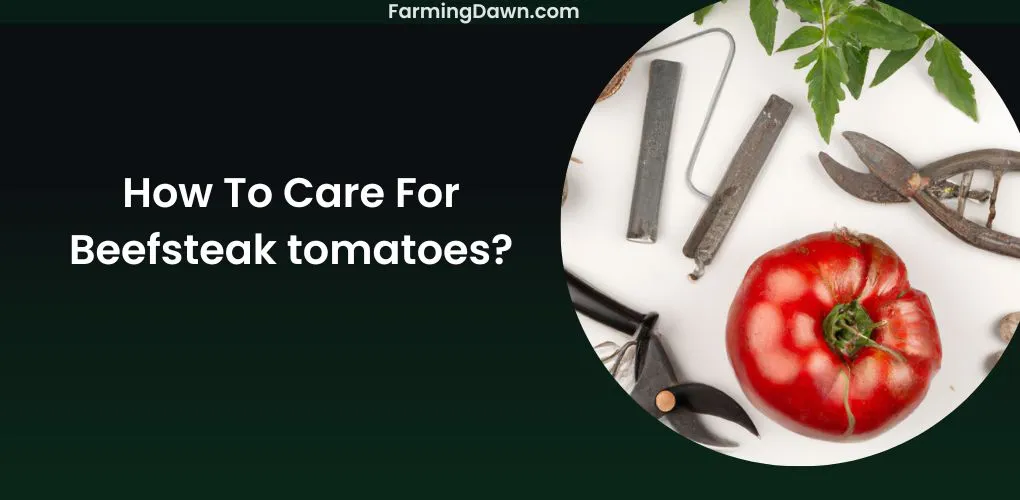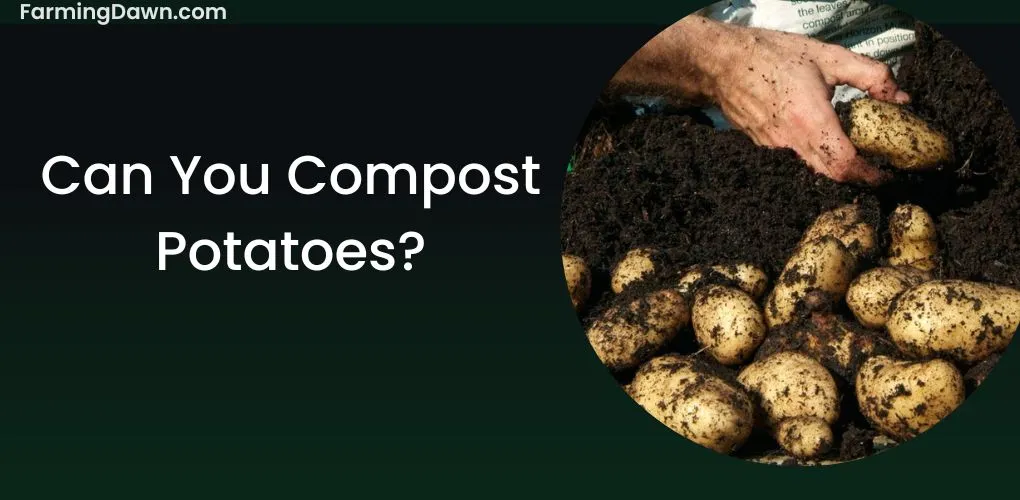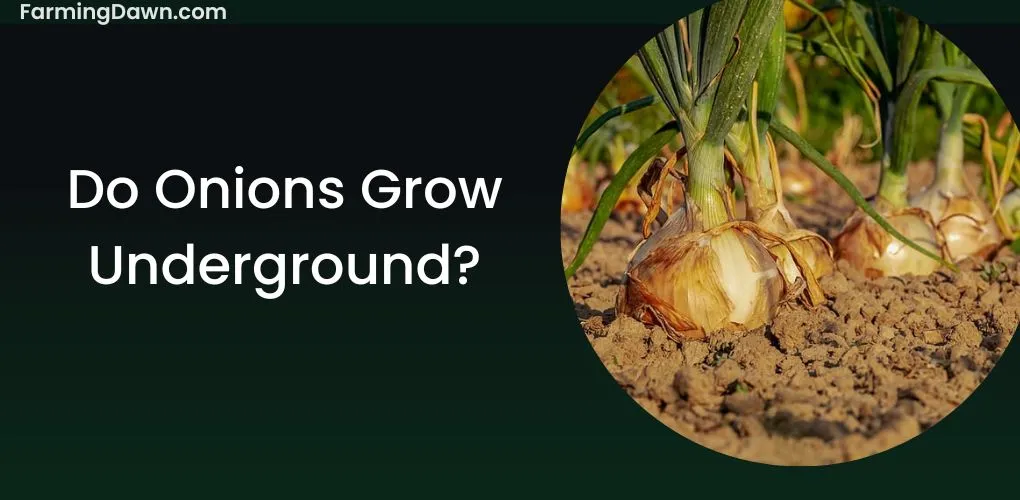Caring for beefsteak tomatoes is both rewarding and satisfying. Did you know that growing your own tomatoes can save you up to $600 a year? It’s true! Not only will you be able to enjoy fresh, flavorful home-grown tomatoes, but you’ll also reap the benefits of organic, sustainable gardening practices.
Growing beefsteak tomatoes takes a little bit of planning and effort, but the end result is worth it!
In this article, we’ll discuss how to select the best variety for your garden, how to prepare the soil and plant your seedlings, how to care for beefsteak tomatoes during growth, and provide tips on feeding and pruning as well as harvesting. Read on to learn more about caring for beefsteak tomatoes in an organic, holistic way!
Storing Beefsteak Tomatoes
Once you’ve brought your beefsteak tomatoes home, it’s time to store them properly! To maximize the life of your tomatoes, keep them at room temperature. Tomatoes respond well to sunlight and good airflow, so try not to stack them too high in a basket or bin.
If you have extra tomatoes that won’t fit in a single layer, move them into shallow trays or containers so they can still get some air circulation. And don’t forget to inspect for any soft spots before storing; those can spread quickly and should be discarded immediately.
Tomatoes like humidity levels around 50%, which is lower than most indoor environments. To make sure they stay fresh longer, place a damp kitchen towel over the top of the container or tray before covering it with plastic wrap or foil.
This will help reduce moisture buildup and prevent mold from forming on your beautiful beefsteaks. Plus, it’s an organic way to keep your tomatoes healthy and ready to use in all kinds of delicious recipes!
Related: How to care for Tomatoes in Aerogarden?
Selecting the Right Variety
Choosing the right variety of tomatoes is essential for a successful harvest – don’t be afraid to experiment! Beefsteak tomatoes offer an array of tantalizing options, from heirloom varieties to hybrids. Consider your climate and garden size when selecting a beefsteak variety.
Large-scale growers may opt for hybridized varieties that provide consistent yields, while home gardeners may prefer the flavor and eco-friendly growing habits of heirlooms. Start with one or two types to see which works best in your setting.
Here is a short list of beefsteak heirloom tomato varieties:
- Brandywine
- Cherokee Purple
- Mortgage Lifter
- Hillbilly
- German Johnson
- Beefsteak
- Aunt Ruby’s German Green
- Black Krim
- Paul Robeson
- Big Rainbow
These are just a few examples of beefsteak heirloom tomato varieties, and there are many more to explore. Each variety has its own unique characteristics, so you can choose based on your needs.
Now let’s get towards beefsteak hybrid tomato varieties:
- Big Beef
- Beefmaster
- Better Boy
- Celebrity
- Early Girl
- Supersteak
- Mountain Fresh Plus
- Goliath
- Park’s Whopper
- Bella Rosa
- Burpee’s Big Boy
- Big Boy Hybrid
- Beefsteak Hybrid
- Heatmaster
- Solar Flare
The huge size, flavor, and disease resistance of these common hybrid beefsteak tomato cultivars has made them very popular. Remember, hybrid tomatoes are created by crossing two or more different tomato varieties to obtain desired traits such as disease resistance, improved yield, or uniformity.
Preparing the Soil
Prepare your soil for the best possible tomato harvest by incorporating organic fertilizer and natural pest management techniques. By taking a holistic approach to your garden, you can not only create healthier tomatoes but also provide beneficial nutrition for other plants in the area.
Here is how you can prepare the soil for beefsteak tomato plants:
- To get started, add compost or mulch to break up heavy soils and improve drainage.
- You can also choose to use an organic fertilizer such as manure or fish emulsion to feed essential nutrients into the soil.
- Take care when using any chemical-based products since they may have unintended side effects on your tomato plants and other wildlife in the area.
These steps will help give your tomatoes the right amount of nourishment while encouraging beneficial organisms like earthworms and microbes that will keep pests away naturally.
Planting Beefsteak Tomatoes
Planting beefsteak tomatoes is a breeze – it’s practically rocket science! When you’re ready to get planting, make sure your soil is of good quality. You want it to be well-aerated and fertile as we discussed above.
You can successfully plant your beefsteak tomatoes in just three essential steps:
- Dig a hole that’s about twice the size of the root ball then set the tomato plant into the hole and fill it with soil.
- Firmly press down on the soil around the base to secure it.
- Water deeply after planting to give your tomatoes a good start in life!
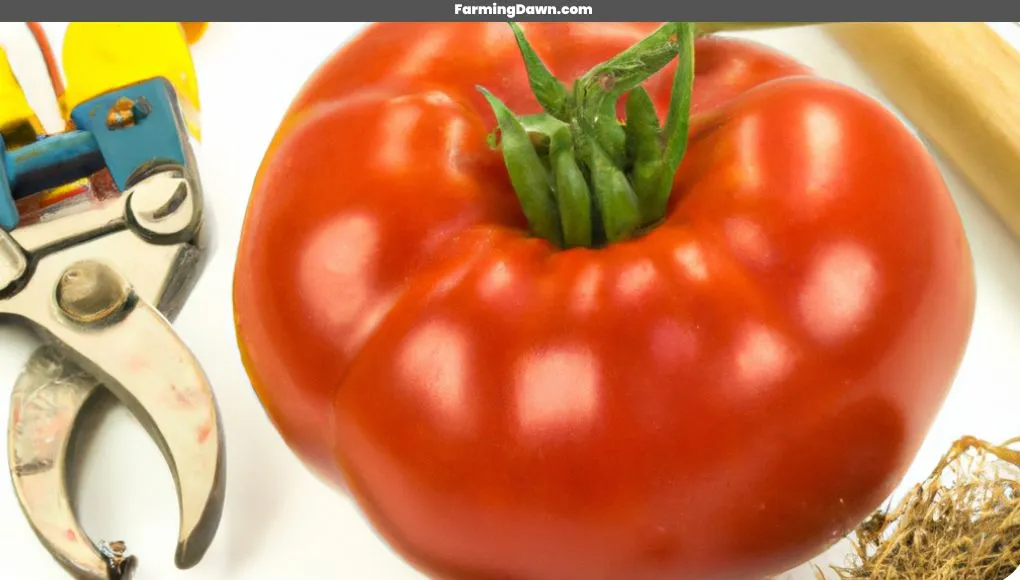
Watering and Feeding
Watering and feeding your tomatoes is an essential part of keeping them happy – let’s explore how to do it right! When watering your tomatoes, opt for a slow, deep soak once or twice per week.
If you live in a particularly hot climate, plants may need more water. Try to use organic fertilizers that are specially designed for tomatoes. These will give your plant the essential nutrients it needs to thrive.
Additionally, adding compost or aged manure into the soil around your tomato plants can provide additional nutrients that will help the plant stay healthy and robust.
Organic gardening is all about creating balance and harmony in nature’s rhythms and cycles – when done properly, you’ll be rewarded with beautiful tomatoes! Try to create a holistic garden plan that incorporates companion planting, mulching, crop rotation, and other sustainable practices that promote soil health while reducing weeds and pests.
This type of gardening can benefit not only the tomato plants but also neighboring plants growing nearby as well as beneficial insects like bees and ladybugs who play such an important role in protecting our food supply!
Pruning and Supporting
Now that you’ve taken the time to ensure your beefsteak tomatoes are properly watered and fed, it’s time to work on pruning and supporting them. Pruning your tomatoes regularly is important in maintaining a healthy, robust plant.
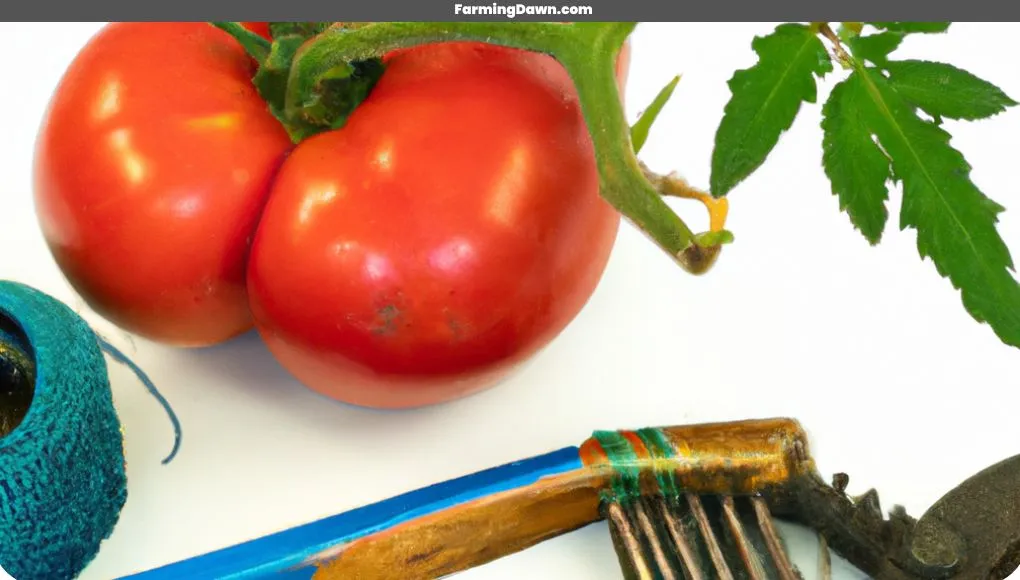
Benefits of Pruning Beefsteak Tomato Plants
By removing any dead or diseased foliage, you’ll ensure that all of the nutrients stay focused on producing tasty fruit. By removing spent blossoms and excess foliage you will promote air circulation which can help deter some pests and diseases from affecting your tomato plants.
Benefits of Supporting Beefsteak Tomato Plants
It’s also important to provide adequate support for beefsteak tomatoes as they become laden with fruit. If left unsupported, the weight of the tomatoes can cause branches to break or pull away from the main stem.
Staking or trellising are both great options for providing support while allowing plenty of sunlight exposure at the same time.
Harvesting Beefsteak Tomatoes
When it comes to harvesting, timing is key; don’t wait too long or you’ll miss out on the best flavor! Beefsteak tomatoes are ready for harvest when they have reached their full size and color. A good indication of this is when the tomato has a deep red hue.
To ensure that your tomatoes reach their peak flavor potential, be sure to check them frequently. The longer they stay on the plant, the more flavorful they will become.
To pick your tomatoes, use your fingers to gently pinch off each tomato from its stem. This way you can ensure that you won’t damage any of the other tomatoes or branches on the plant while still harvesting in an organic and sustainable manner. Make sure to check back regularly for any green tomatoes that may ripen later – these are just as tasty!
How To Care For Beefsteak Tomatoes? Conclusion
You’ve come to the end of your journey in learning how to care for beefsteak tomatoes. You’ve selected the right variety, prepared the soil, planted them, watered and fed them, pruned and supported them, and now you’re ready to reap the rewards of your labor.
With a little bit of know-how and patience, you’ve created an organic sustainable garden that will bring you fresh produce for years to come! Now all that’s left is to enjoy the fruits of your labor. Irony aside, congratulations on a job well done!

